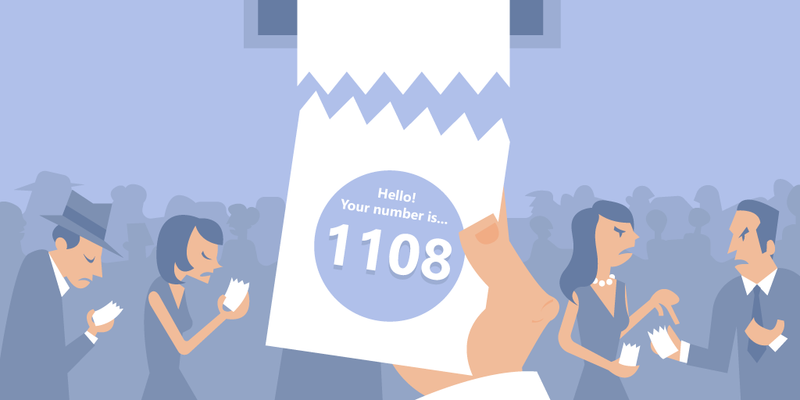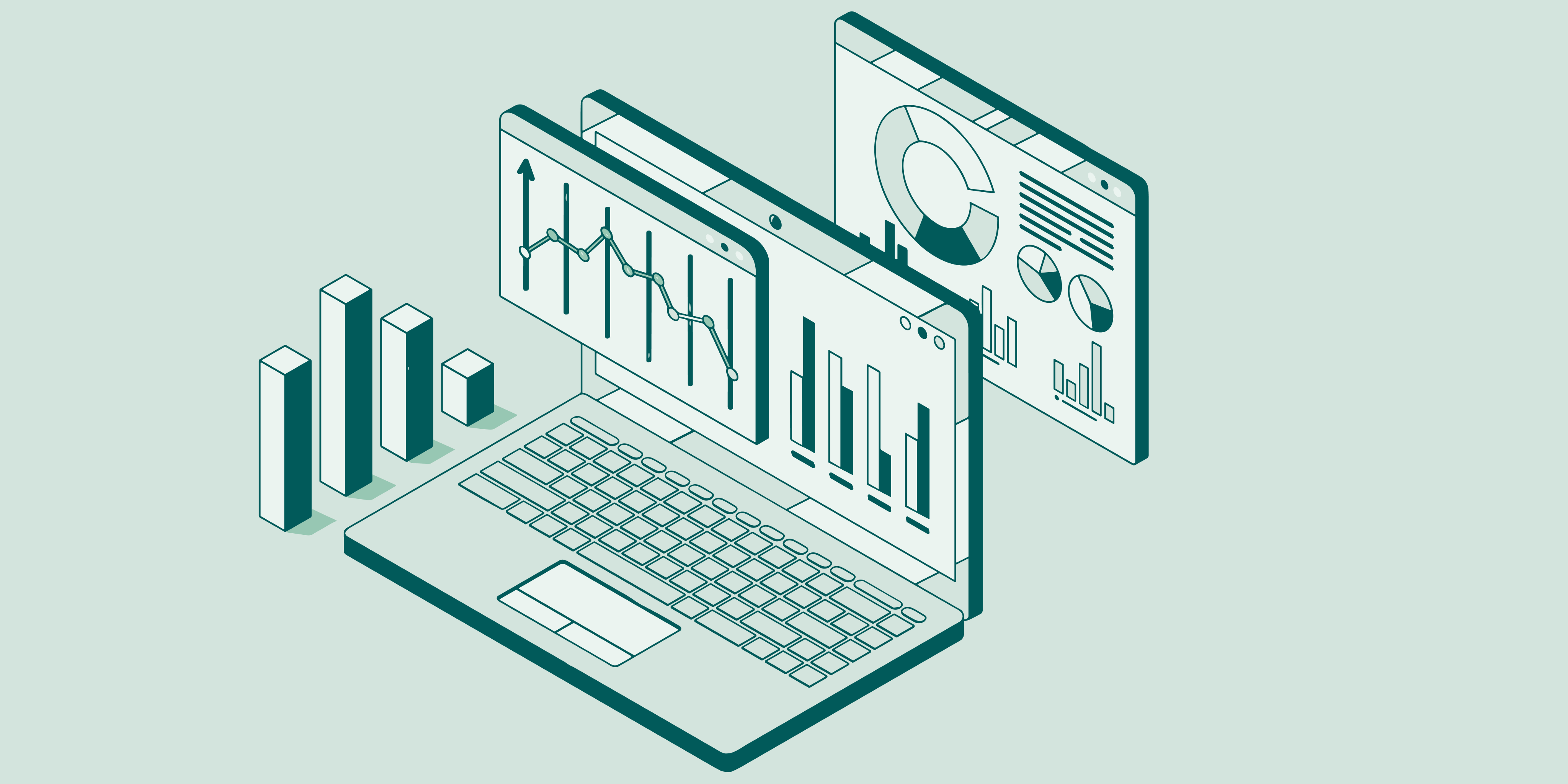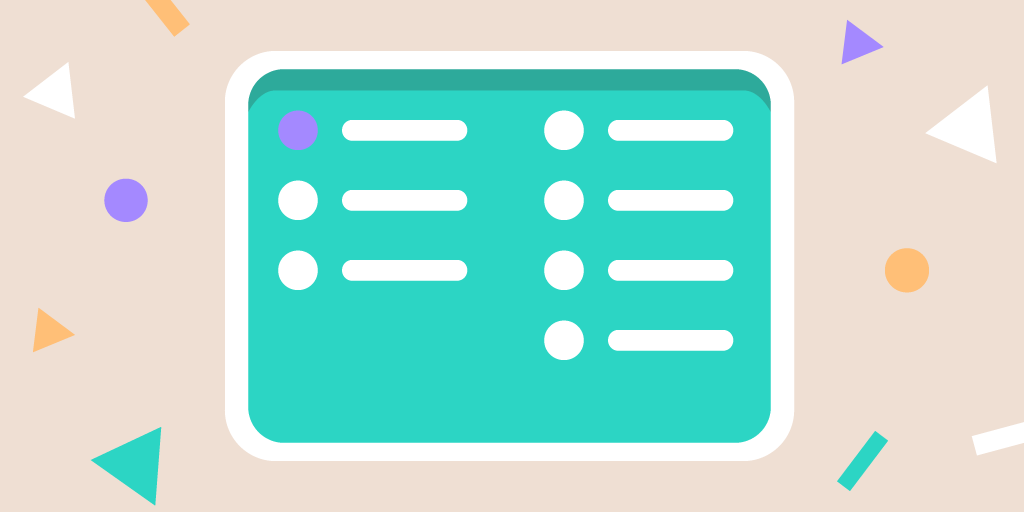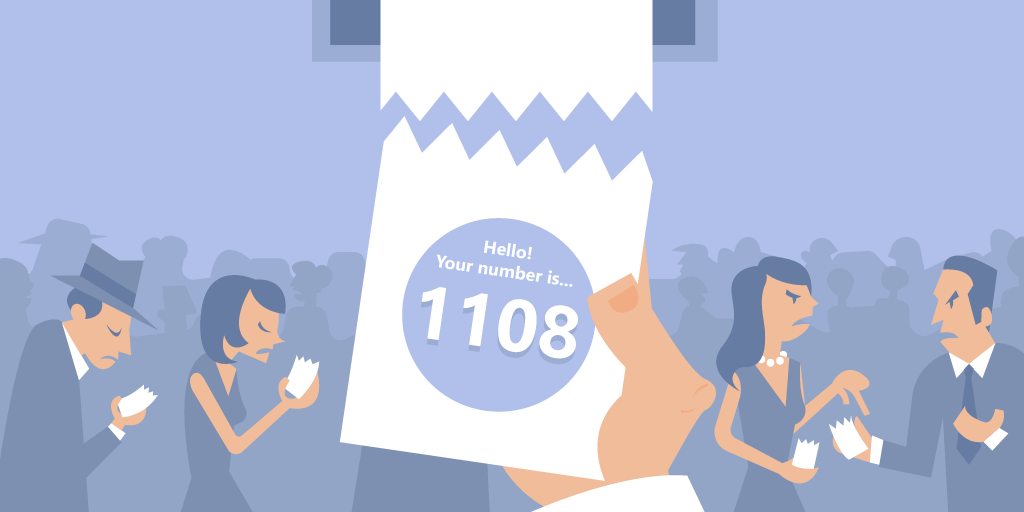The take a number system is still used in busy public places like DMVs, post offices, and city buildings. You walk in, grab a ticket, and wait for your number to be called. It sounds organized, but in reality, it often feels slow and confusing.
Crowds pile up. People don’t know how long they’ll wait. Staff have no clear way to manage the rush.
This kind of queue number system worked in the past. But public services today need something better. They need tools that keep people informed and help teams work faster.
In this blog, we’ll look at why the take a number system falls short and go over a few better options that make things easier for both visitors and staff.
The Problems with a Queue Number System
Traditional queue number systems may seem simple, but they come with hidden costs. From lack of updates to no service data, they leave both staff and visitors in the dark.
1. Lack of Real-Time Updates or Transparency
With a take a number system, people are left guessing. They don’t know how many are ahead or how long the wait will be.
It also creates confusion when someone gets called out of turn. There’s no way to know if it’s a different service line or a staff decision.
This lack of visibility frustrates visitors. They feel ignored, even when the system is working as planned.
2. No Personalization or Human Touch
In a queue number system, everyone becomes just a number.
There’s no way to greet people by name or understand why they’re visiting. Staff miss the chance to offer help that feels personal.
It turns the whole experience into a transaction. There's no room for conversation or building trust.
3. No Actionable Service Data
A take a number system doesn’t tell you much beyond who’s next.
You don’t know how long people waited, how many left before being served, or which staff are overloaded. That means no way to spot problems or improve service.
Without data, you're just guessing.
4. Not Environmentally or Operationally Efficient
A queue number system still depends on things like paper tickets and printers.
If the paper runs out or the printer jams, service stops. Staff have to step in and fix it, wasting time and slowing things down.
It’s not just inconvenient—it adds costs and isn’t sustainable in the long run.
Modern Alternatives to Number Queuing Systems
Modern alternatives to number queuing systems offer more flexibility, better communication, and real-time insights, making service faster and more personal. Here are some of them:
Alternative #1 - Virtual Queue Management Systems
Digital queue management systems are a major step up from the traditional take a number system. They keep things organized without using printed tickets and give people more control over their visit.
Here’s how they work:
Sign-in happens digitally
Visitors check in using a kiosk, their phone, or a web link—even before arriving. No need to physically be there to hold a spot in line.

Real-time updates
People get SMS or app notifications about their place in line and estimated wait time. If delays happen, they’re updated instantly, no guesswork.
Service details collected upfront
When checking in, customers share why they’re visiting. This info helps staff prepare in advance and serve more efficiently.
No physical tickets
No need for paper slips or ticket printers. That also means fewer interruptions like running out of paper or dealing with broken dispensers.
Example:
Qminder is one such DMV queue management solution. It replaces the queue number system with a digital workflow that benefits both citizens and staff.
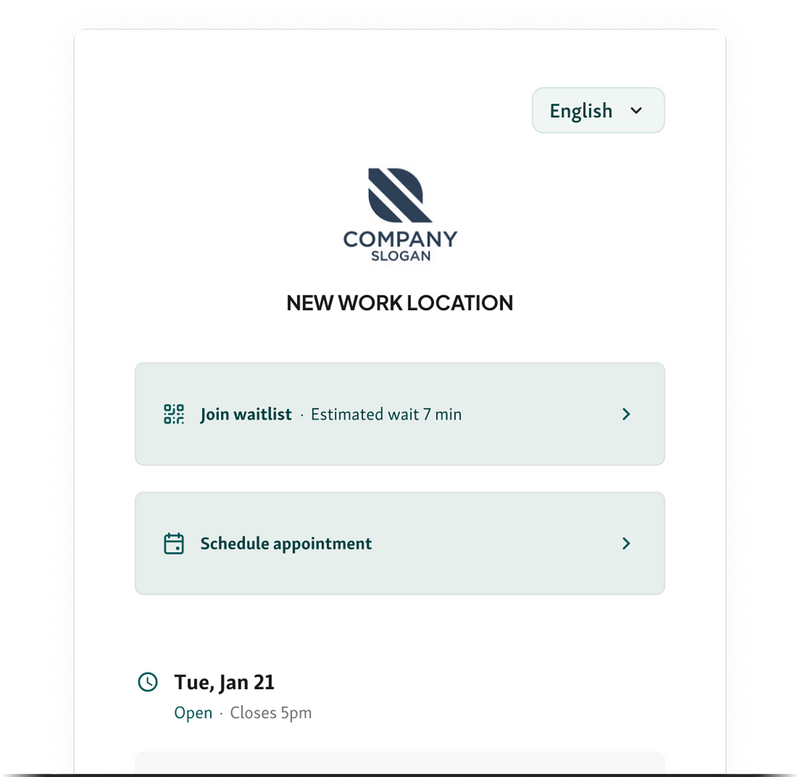
Visitors can check in from their phone or on-site kiosk.
Staff can view all waiting customers, including names, purpose of visit, and wait duration.
Managers can use the data to see peak hours, wait trends, and team performance.
With a virtual queue, service feels more human and less mechanical. Instead of just being “Number 37,” visitors are seen as people, with names and needs.
Alternative #2 - Appointment-Based Scheduling
Appointment-based systems work differently from the take a number system. Instead of waiting in a physical line, people book a time slot in advance. This spreads out foot traffic and makes daily operations more predictable.

Here’s why it works well:
Reduces walk-ins and crowding
When people book appointments, there’s less rush at the door. It avoids that first-come, first-served chaos that often builds up in public offices.
Gives citizens more control
They can pick a time that works best for them—often right from their phone or computer.
Improves staff planning
Teams know exactly how many people to expect and when. That means fewer idle periods and fewer overwhelmed moments.
Offices can manage rooms, counters, and services based on bookings. If one slot looks packed, they can move staff to support it.
Example:
Many DMVs have started using appointment scheduling tools to reduce long wait times. People select services like “license renewal” or “vehicle registration” and choose an open time. They get reminders before the appointment and can even reschedule if needed.
With this system, you’re no longer managing a crowd—you’re managing time.
Alternative #3 - Smart Notifications and Two-Way Messaging
Text updates and two-way messaging help take the pressure off waiting. People don’t feel stuck or ignored. They know what’s happening and when they’ll be seen.

Here’s why it works well:
Keeps people in the loop
Visitors get updates straight to their phone. It could be a message saying how many people are ahead or when their turn is coming up. That small thing goes a long way.
Makes the wait feel shorter
When people get regular updates, they’re less likely to feel forgotten. The wait doesn’t feel as long when they know what’s going on.
Lets people reply if needed
If someone is running late or has a quick question, they can reply to the message. Staff can respond when they’re free, no need to stop everything.
Less crowding in the waiting area
People don’t need to hang around the counter. They can step outside or wait in their car and still stay updated.
Helps staff stay focused
Without people asking “how much longer,” staff can get through the line faster. Fewer interruptions means better service for everyone.
Example:
Some public offices now send real-time updates after someone checks in. If a visitor signs in from their phone, they’ll get a message when it’s almost their turn. They don’t have to wait right there. And if they reply with a question, they can get help without walking up again.
It’s a simple change. But it turns waiting into something people can manage—not just endure.
Why You Should Move Beyond the Take-a-Number System
Sticking with a take-a-number system may seem safe, but it holds back both service quality and efficiency. Here's why it's time to rethink it.
1. Boost Customer Satisfaction and Trust
The take a number system keeps things basic, but it doesn’t build a great customer experience. People want to feel like more than just a number.
With better tools in place, they’re not left guessing. They get updates, clear wait times, and more control over their visit.
When that happens, trust grows. It’s easier to serve someone who feels respected from the start.
Helpful Read - Improving CSAT in Local Government Services
2. Improve Operational Efficiency
When staff only see a queue number, they don’t know who’s coming next or why. That limits how well they can prepare.
Modern systems give context—name, reason for visit, past history.
That small shift makes a big difference:
Staff can get ready before calling the next person
Services move faster
There's less back-and-forth
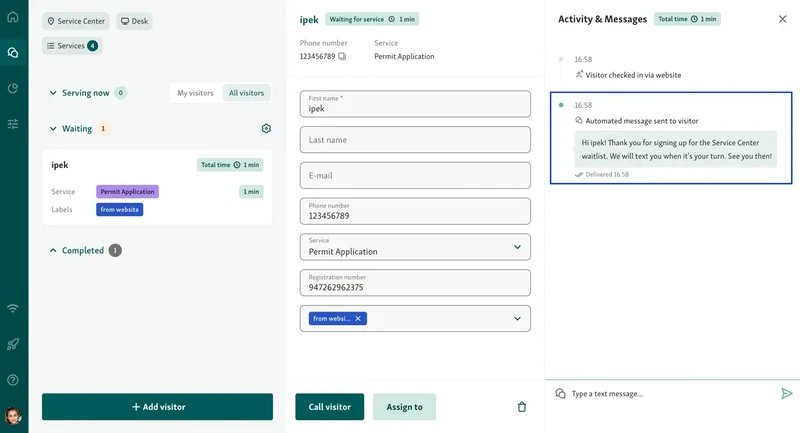
It helps the whole team stay one step ahead instead of just reacting.
3. Collect Valuable Data and Feedback
With a number queuing system, you don’t get much data. You know how many tickets were handed out, but not how long people waited or how they felt.
Smarter tools help fill in those gaps:
-
Track wait times, service durations, and no-shows

-
Measure satisfaction through follow-up surveys
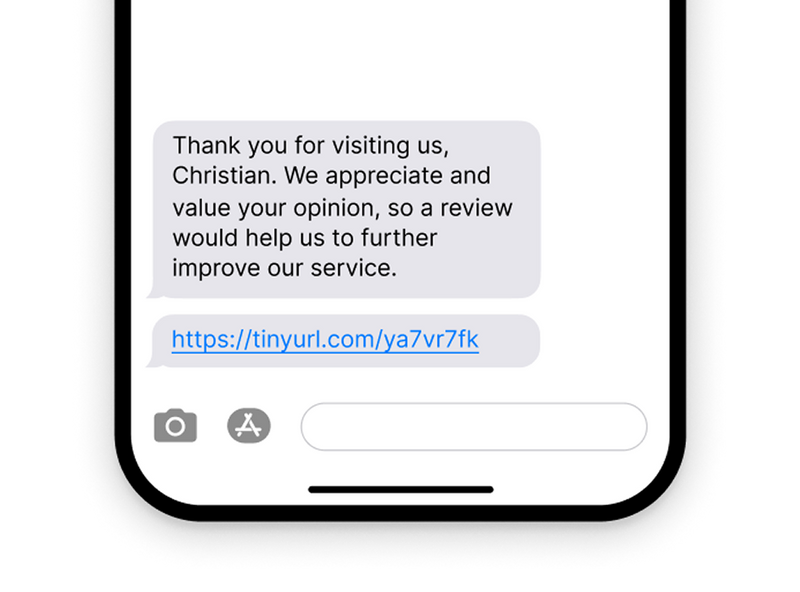
-
Spot patterns across different service counters or locations

This kind of data shows where things are working and where they’re not.
It’s not just reporting, it’s fuel for better decisions every day.
Moving Forward From the Take-a-Number System
The take-a-number system still shows up in a lot of public offices. But in reality, it doesn’t work for the way people expect services today. There’s no transparency, no way to plan ahead, and no real connection between staff and visitors.
Modern tools do better. With features like appointment scheduling, smart messaging, and virtual queues, you can manage people, not just numbers.
Qminder brings all of this together in one place. It helps you run a smoother operation while giving people a better experience.
Schedule a demo and see how easy service can feel.
Yes, some private businesses like bakeries, clinics, or service centers still use number systems. But most are switching to digital tools for better flow and service quality.
Not always. Many systems let people join a queue through a simple web link, text message, or in-person kiosk—no app required.
Costs vary based on features and setup, but digital systems often save money in the long run by reducing paper, wait time, and manual work.

